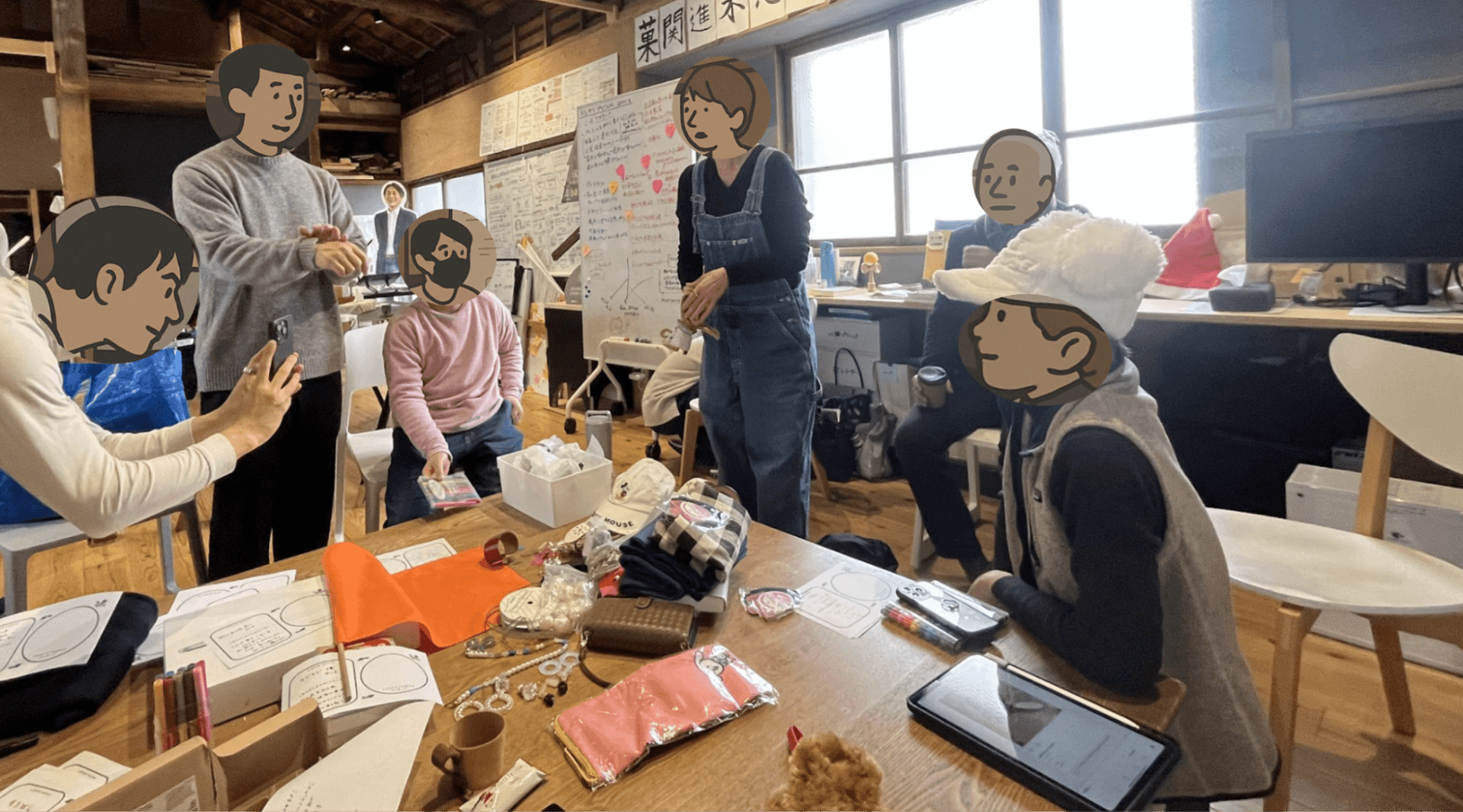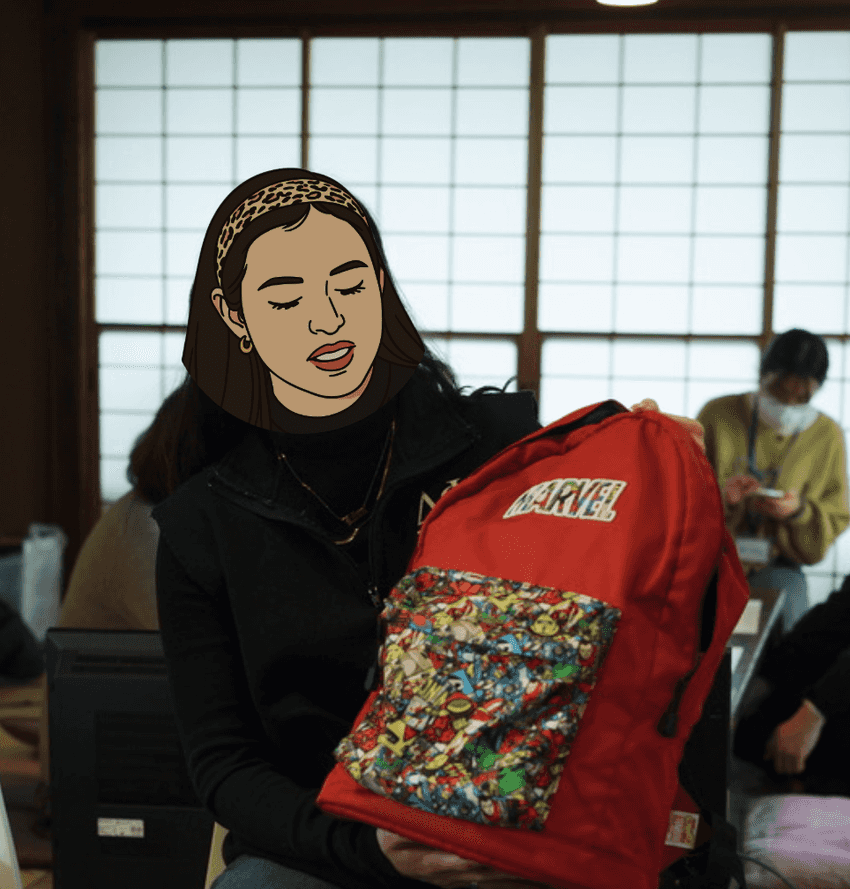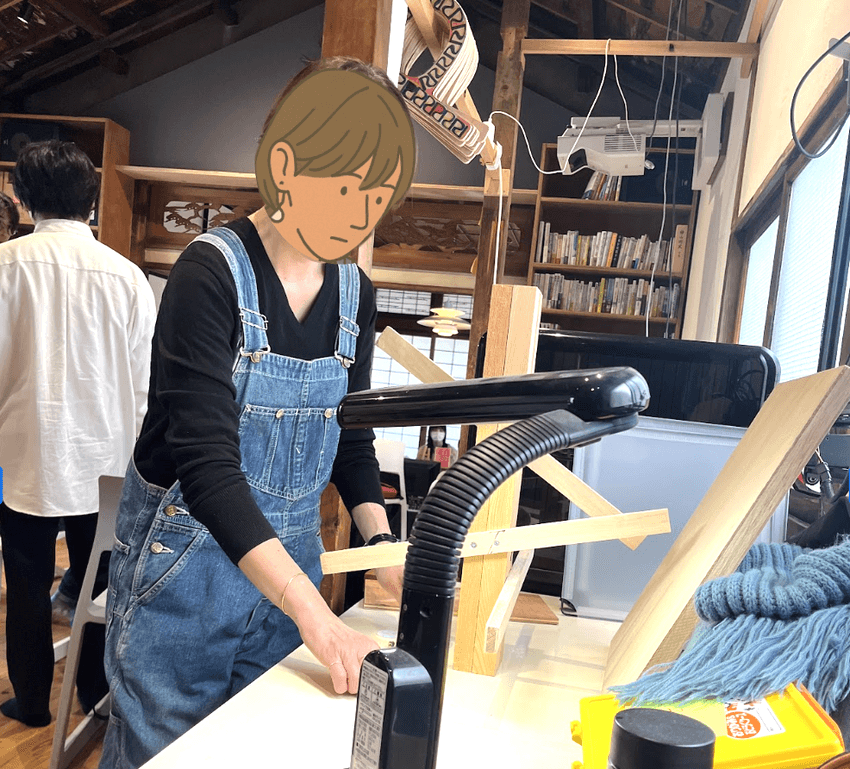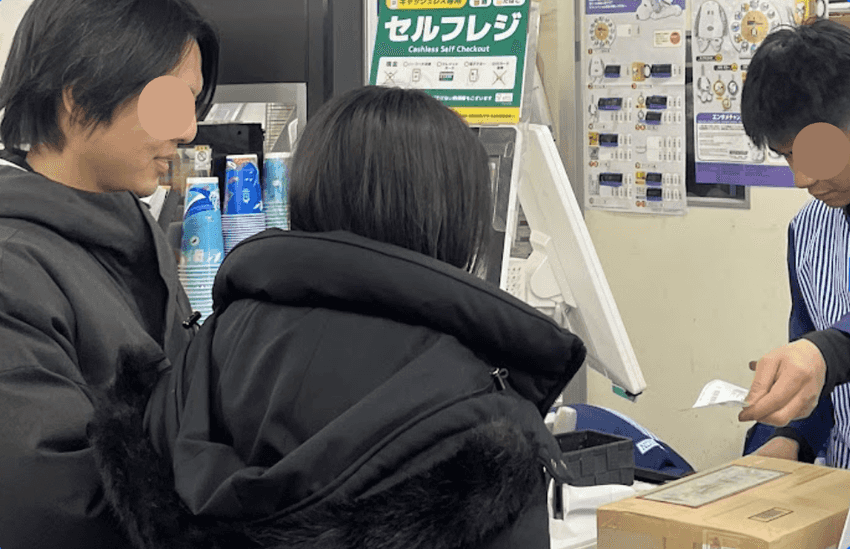Hi there! I’m Koki Kusano, conducting service design research at R4D.
In this article, I’d like to introduce an example of Mercari R4D Lab’s networking activities, in which we collaborated with Oyamachi Living Lab, located in the Oyamadai area of Setagaya Ward, Tokyo. In the second part of this series, I’ll discuss the concept of “Merkame” and a Merkame event we held. Merkame is a byproduct of the “playful active mastery research (PAMR)” approach described in the first part of this series
Creating Merkame
Merkame emerged from discussions during the “playing to the fullest” project. As the participants talked, they realized that many of them shared the following opinions: that each item carries its own interesting story; that some items aren’t suited for anonymous exchange on a marketplace app; and that listing items without assistance can be challenging.
In the discussions leading up to Merkame, we established two key concepts. The first was direct value exchange within local communities. This involved sharing stories about items in person rather than conducting anonymous online transactions, allowing participants to take home any items they found interesting, and collaboratively listing and shipping any items that remained after the event. The second concept was creating an official Mercari account for Kyosuke Sakakura, who runs the Oyamachi Living Lab. In the age of anonymity, we thought to go against the grain and create an account that would put a face to the seller, to potentially solve the problem of not wishing to enter into a transaction with an anonymous user.
Through discussions, local participants developed “Merkame” as a way to combine these two concepts. The word “kame,” which means “turtle” in Japanese, was chosen to invoke the sense of slowing down and taking time to exchange stories and items. While a Merkame event may seem like an ordinary item exchange or local rummage sale at first glance, it represents a distinct approach that adds the value of exchanging stories as well.
 Merkame-kun (a character created by a local designer involved in this initiative)
Merkame-kun (a character created by a local designer involved in this initiative)
Creating fun through stories and collaboration
Merkame involves six steps. The steps are simple, so anyone can try them out in their local community!
-
Bring in items: Have everyone in the community bring in an item they thought about listing on a marketplace app but didn’t. The important thing here is choosing an item that the owner is hesitant to list on a marketplace app, rather than an item that they would be likely to sell. This creates opportunities to share information about the items.
-
Share the stories behind the items: This is the core of Merkame. Have each person tell the story behind their item, such as how they obtained it, what memories it holds, and why they chose not to list it on a marketplace app. It’s a good idea to prepare some light refreshments to help people relax and enjoy themselves.
- Exchange items: After hearing everyone’s stories, some people might decide they want an item, so start exchanging items. No money is to pass hands here. The motivation for exchanging items should be the stories behind the items. In addition to the stories shared on the day, participants also greatly looked forward to hearing how someone had put their old item to use after the event.
- List remaining items together: For items that were not collected but the owner would like to sell on a marketplace app, the participants work together and list them for sale. At our event, items that could potentially be sold for fundraising were taken by Sakakura, the organizer of the Oyamachi Living Lab, and listed on his official account.
-
Pack and ship items: All participants work together to pack and ship any items that sell. What might be a challenging task alone becomes a fun activity that everyone does together. This approach also addresses any uncertainties during the process, as there’s always someone to ask for help when facing difficulties.
-
Circulate the sales balance: Allocate the sales balance to Merkame initiatives or similar local activities. This transforms the revenue from personal profit into funding that enriches the community. For example, one participant suggested using the funds to provide refreshments for future Merkame events.
Deepening interest through Merkame
The first Merkame event we held in February 2025 shed light on many interesting points, including but not limited to the following.
One was the diversity of items that people brought in. One participant brought something they had received as a gift but had found no use for; another brought a handmade accessory that had never been worn; another brought a wallet purchased long ago but never used; yet another brought a game their children were no longer interested in playing.
Another interesting point was the value the stories added to these items. In the case of the handmade accessory, for example, learning why the owner decided to make it, what they hoped it would be, and the details they had incorporated resonated with the other participants. For items such as used cosmetics, which are difficult to sell on C2C websites due to hygiene concerns, hearing the history of the item directly from the owner can put peoples’ minds at ease and even encourage someone to claim it, which we saw at this event! Many people said that exchanging the stories related to each item made them see the item in a new light, and made them interested in an item they likely would not have expressed interest in before. This indicates that the in-person nature of Merkame and the addition of sharing stories uncovers value that remains hidden in purely online transactions and enhances the item exchange experience.
Going beyond the sharing economy
We believe that Merkame holds the potential to create a “sharing culture,” which can complement the traditional sharing economy model. This sharing culture refers to not only economic exchange but also cultural initiatives that circulate resources through storytelling and building trust and relationships. Modern-day marketplace apps generally involve transactions between two people who are anonymous. On the other hand, initiatives such as Merkame are centered around local communities and are founded on building trust. This initiative emphasizes the story behind each item and the personal connections formed, rather than focusing solely on an item’s quality or condition, which in turn unlocks the potential to foster relationships between participants—essentially creating culture. We believe that “playing to the fullest” and creating this culture at different locations around the country will result in a positive mutual relationship between the sharing economy and sharing culture.
Merkame’s current challenges, and where we want to take it going forward
There are several challenges to developing Merkame into a continuous initiative rather than having it fizzle out as a one-time event. The first is continuous effort. If the event is held sporadically on a volunteer basis, it becomes difficult to keep up with it regularly as everyone leads busy lives. So, at the end of one event, securing a date for the next event can make it easier to hold Merkame events continuously. It’s also helpful to share information about the event, such as the agenda and rules, with new participants in the form of a leaflet or something similar.
Going forward, we would like to expand activities to other regions. Each region has its own unique culture and interpersonal dynamics, so rather than simply replicating the Merkame format, we want to adapt it to suit the unique characteristics of each new location. Additionally, since Merkame encourages people to get to know each other through the items they bring, Merkame could also be used as an icebreaker to facilitate communication as a part of existing community activities.
Starting Merkame
Merkame does not require any special skills or a large budget—get started right away by following these three steps!
-
Gather like-minded people: You only need a few people to get started. What’s important is not the number of participants but sharing the desire to try something new. You can invite anyone, like your neighbors, fellow hobby enthusiasts, or parents of your child’s classmates.
-
Choose a venue: Any venue is fine; it doesn’t need to be anything special. It could be a room in a community center, a local cafe, or even someone’s home. The important thing is to create an environment where people feel comfortable freely sharing stories.
-
Follow the six Merkame steps: Try out Merkame by first following the six steps outlined above. You can even get started by following just the first three steps! Rather than focusing on planning a perfect event, or focusing on meeting a quota, try to think about what would make the event an enjoyable experience for your community. Then, focus on sharing the unique stories behind each item and its owner, instead of just talking about how much each item is worth.
There’s no need to create an intricate plan before starting—just start small and find your own way as things progress.
In conclusion
In this article, I talked in detail about Merkame, an idea born from the playful active mastery research (PAMR) approach. Merkame has opened my eyes to how fun it is to rediscover and share the valuable stories tied to items and their owners, which we tend to forget as we go about life. I hope that anyone out there interested in this initiative will try it out!






